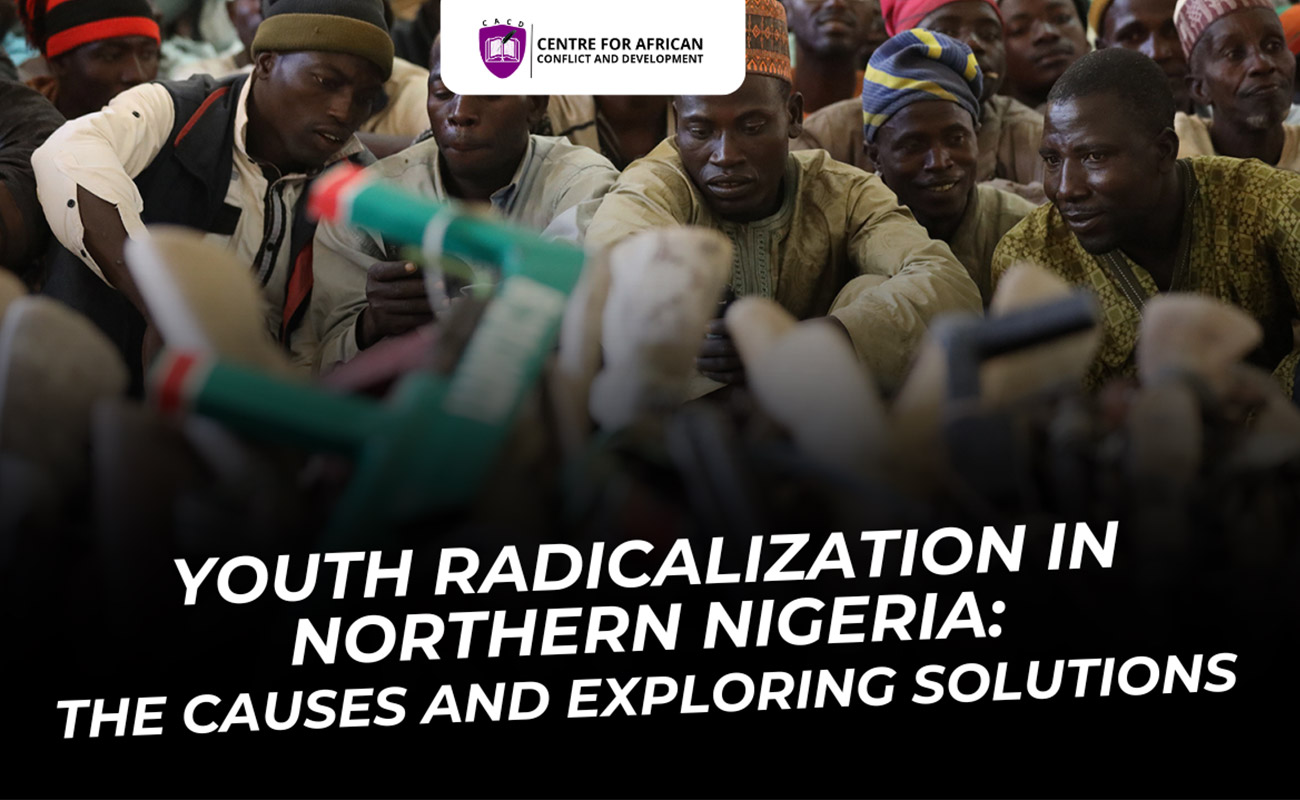
By Francis Assam
Nigeria faces a plethora of national security threats, from farmer–herder conflicts and separatist movements to banditry and kidnapping-for-ransom. Yet over the past three decades, terrorism has emerged as the most devastating challenge. Groups such as Boko Haram (formally known as Jama’atu Ahlis-Sunna Lidda’Awati Wal-Jihad, JAS) and its stronger faction, Islamic State West Africa Province (ISWAP) have unleashed unprecedented levels of violence, displacing communities, destroying property, and claiming thousands of lives.
The North-East region of Nigeria remains the epicentre of terrorist violence. According to the 2024 Global Terrorism Index,ISWAP was responsible for 53 percent of the country’s terrorism-related fatalities, with attacks becoming deadlier despite a slight decline in frequency. Boko Haram also recorded a sharp rise in casualties, making 2023 its deadliest year since 2020. The conflict between ISWAP and Boko Haram further escalated, deepening instability across the region.
Despite significant strides by the Nigerian military in combating and repelling these groups, their activities have surged again. The most recent attack occurred in the Yamtaku community of Gwoza Local Government Area in Borno State, underscoring the persistent threat.
A critical question arises: what sustains these terrorist organizations? Financing is often cited as a core factor, but ideology, motivation, and operational capacity are equally important. Among these elements, recruitment serves as a fundamental enabler, and one that have been more prevalent is the radicalisation of youths.
Terrorist groups deploy diverse strategies to radicalise vulnerable youths, exploiting social grievances, economic hardship, and institutional weaknesses to swell their ranks.
While terrorism remains a major security concern in Nigeria, youth radicalization demands focused attention, especially given the country’s teeming youth population, with an estimated 60% under the age of 25. This demographic, which holds immense potential to drive national development, has been deeply exploited by extremist groups.
It is therefore pivotal to understand why and how these young individuals are radicalized, particularly in Northern Nigeria, with a focus on the North-East and North-West regions where extremist activities are most prevalent. Such understanding is essential for shaping effective and targeted intervention strategies.
Root Causes of Youth Radicalisation
Poverty and unemployment continue to plague much of Northern Nigeria. The region is classified as multidimensionally poor and is often referred to as the poverty capital of the country. According to a 2022 report by the Nigerian Economic Summit Group, the North-East recorded the highest incidence of multidimensional poverty at 76.5%, followed closely by the North-West at 75.8%. This dire situation has left many young people idle and without hope.
In rural areas especially, the lack of economic opportunities makes youths highly vulnerable to extremist groups that offer food, shelter, income, or even a sense of belonging. This vulnerability has been heavily exploited in states such as Adamawa, Borno, and Yobe, where extremist recruitment efforts have thrived.
Access to quality education remains a significant challenge in Northern Nigeria. According to Business Day, the North-West has the highest number of out-of-school children at 8,044,800, followed by the North-East with 5,064,400. This widespread lack of education, combined with high illiteracy rates and limited civic awareness, hampers critical thinking and leaves many young people vulnerable to extremist ideologies.
Furthermore, both perceived and actual marginalization by the state continue to fuel grievances among northern youth. Many youths feel alienated from political processes and view government institutions as corrupt, ineffective, or unresponsive to their needs. This widespread disillusionment creates a vacuum that extremist groups readily exploit by offering alternative forms of identity, justice, and community.
Building on this discontent, terrorist recruiters often portray themselves as protectors or liberators of oppressed populations. By leveraging peer influence and enlisting charismatic local figures, they can gain trust within communities and identify individuals who are most vulnerable to radicalization. Mohammed Yusuf, the founder of Boko Haram, effectively used this approach to attract followers during the group’s formative years.
Additionally, Terrorist groups frequently present themselves as religious or ideological movements, manipulating religious narratives to justify their acts of violence. For youths grappling with identity crises or social isolation, such groups offer a powerful but dangerous sense of purpose and belonging. This recruitment strategy has been further amplified by social media and encrypted messaging platforms, which extend the reach of radical ideologies. Carefully produced videos, sermons, and messages are crafted to manipulate perceptions and glorify martyrdom, creating a romanticized narrative around violence.
Preventive Measures
Combatting youth radicalization requires more than just hard military approaches, it demands proactive, community-centred approaches that address underlying vulnerabilities.
Empowering traditional and religious leaders, who often hold sway in rural areas, can help inoculate communities against extremist ideologies. When community leaders actively promote peace and inclusion, they weaken the social hold of terrorist recruiters.
Expanding access to formal and vocational education is crucial. Programs that teach technical and entrepreneurial skills can give young people alternatives to joining extremist groups. Education also fosters critical thinking that can help youths question radical narratives.
Government and civil society actors must invest in storytelling and media campaigns that challenge extremist ideologies. De-radicalization centres, mentorship programs, and psychosocial support can also help reintegrate former militants into society.
The Nigerian government must adopt a multi-dimensional approach that combines security interventions with social policies aimed at reducing inequality. Improving governance, investing in infrastructure, and ensuring transparency in youth-targeted programs will help build trust between the state and its citizens.
Local and international Non-Governmental Organisations (NGOs) can help bridge the gap between state institutions and communities. Their grassroots presence enables them to implement flexible, context-specific interventions that resonate with local realities.
In conclusion, youth radicalization in Northern Nigeria is a complex, multi-layered challenge rooted in socio-economic inequality, political disenfranchisement, and ideological manipulation. While security forces have a role to play, real progress lies in empowering communities, investing in youth, and fostering inclusive governance.
To truly tackle radicalization, Nigeria must adopt a holistic approach, one that gives its young people hope, purpose, and a stake in the future.
